How long does it take to transfer bitcoin
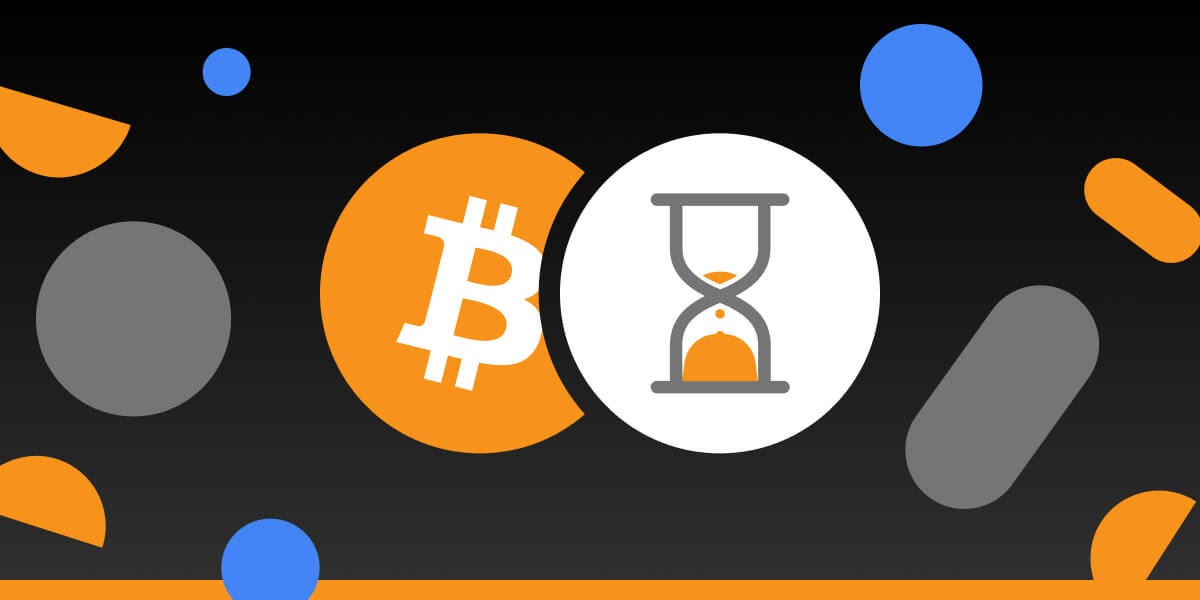
Much has been written about the scalability issues of the Bitcoin Network, which requires participants to patiently wait for transactions to be confirmed, a process that can take from a few minutes to an hour.
How long does it actually take for a Bitcoin transaction to confirm? The amount of time required for a transaction to be finalized is a function of a few factors, as we will see below, such as the amount being sent, network congestion and difficulty.
It has to be said, for Bitcoin, the future looks very bright indeed, as recent developments such as the lightning network will make waiting long minutes for transactions to go through a thing of the past.
The Anatomy of a Bitcoin Transaction
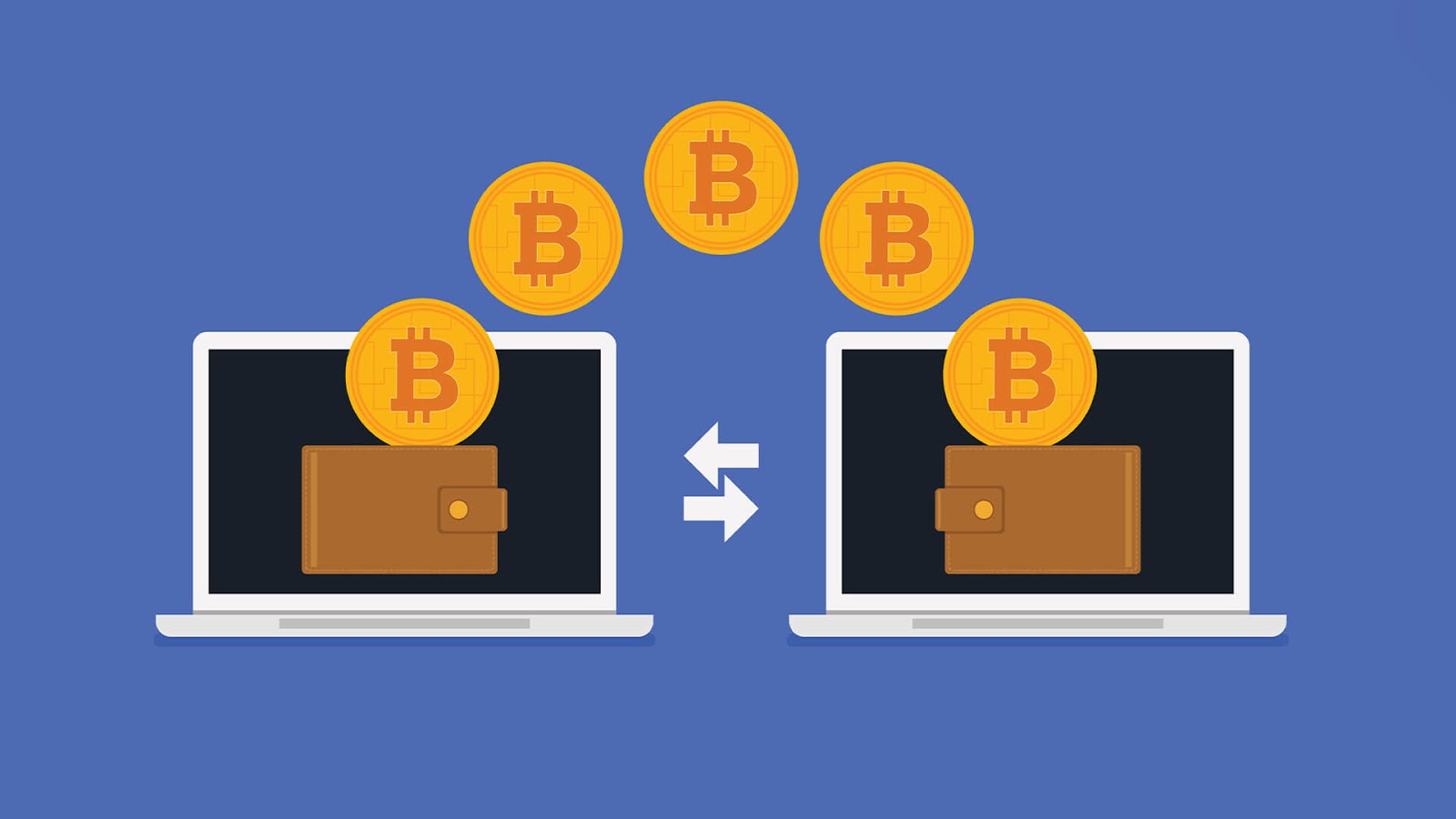
What exactly is a bitcoin transaction?
Our experience with traditional banking provides us with this rather incorrect image of a balance of coins “sitting”, so to speak, in a wallet, at a specific address. Isn’t sending Bitcoin as simple as “throwing coins” to another address? This image is convenient but so, so far from what we know to be the truth about the Bitcoin Network!
Before moving further we will need to look at the anatomy of a bitcoin transaction and acquire a little bit of vocabulary in order to be able to speak about transaction times in a way that makes sense!
A bitcoin transaction (a mere 300-400 bytes of data) is composed of three elements: the input, the output and the amount.
The transaction input is the bitcoin address from which the money was sent: or in other words, the originating address. The input shows the entire history of the Bitcoin contained in a specific public key.
The transaction output is the address to which the money is being sent: the destination address.
A transaction on the Bitcoin Network starts with the transaction’s creation, called: “origination”. The transaction is then signed indicating that permission is granted to spend the bitcoins associated with a specific address. Words matter: we say associated with a certain address since the unspent bitcoin is not always in the same location, it can be spread out across a large number of blocks!
Once the Bitcoin Network receives a transaction that contains these three sections, the miners get to work in order to validate and verify the transaction and add it to a new Block. This is a heavily mathematical process as the miners work diligently to solve cryptographic puzzles, the solutions of which are needed to create signatures and update the transaction history for the new transaction.
At any moment, there is a limited amount of miners, and the block sizes are limited to 1 MB. Due to the ever increasing popularity of this digital asset, certain transactions get queued into the bitcoin mempool, a list of transactions which have yet to be processed. The size of the mempool can fluctuate wildly, as we can see below.
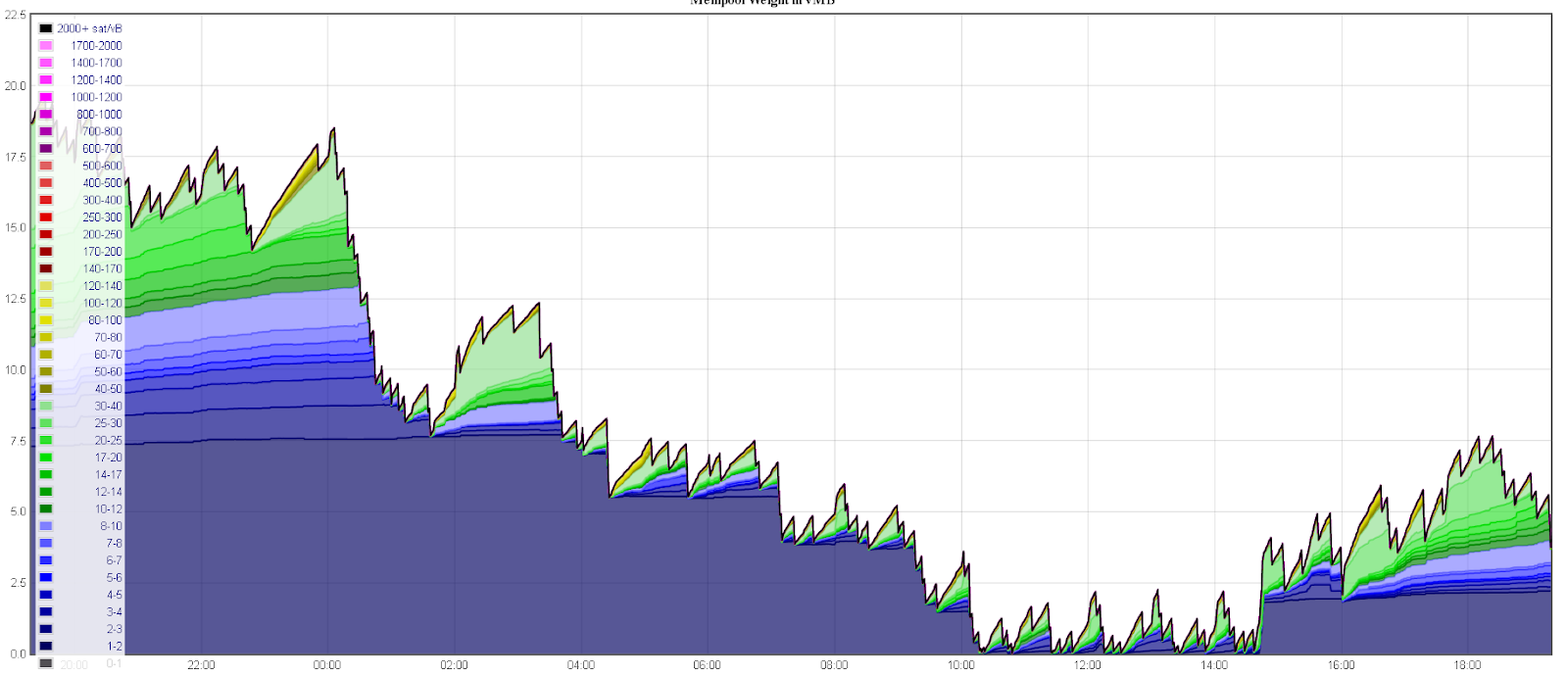
All transactions on the Bitcoin network require a Fee. This fee is paid directly to the miners. Bitcoin transaction fees are expressed in Satoshis per byte. The higher the transaction fee, the higher the likeliness that this transaction will be given priority treatment over other transactions. Incentives are powerful instruments: a fee is basically an incentive paid to the miners to “encourage them”, so to speak, to include your transaction in the next block. Transactions with lower fees are likely to get stuck in the mempool - and the users at the origin of these transactions could be waiting for a long time, unfortunately.
Transaction fees depend on the congestion of the network, on volatility, price and network difficulty. I do remember a period of time when bitcoin transaction fees reached a staggering 40-50 dollars, which left transactions with low fees (1 to 10 dollars) in complete limbo for the longest time. Fortunately, network congestion returned to normal and these transactions were eventually processed.
Larger Amounts Require More Confirmations
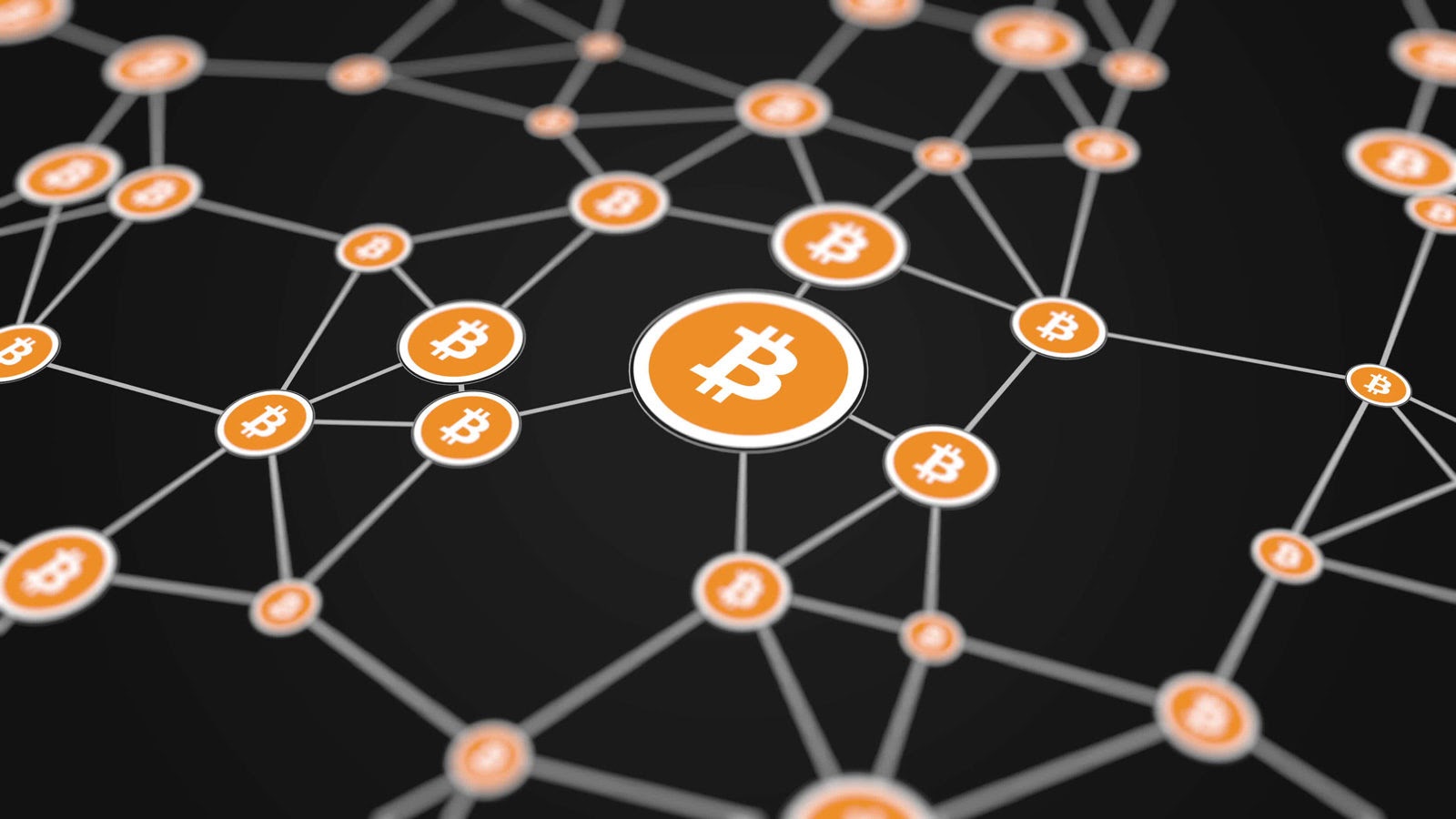
Bitcoin transactions typically take 10 minutes to one hour to confirm. However, it has to be said that the amount of time to transfer Bitcoin is influenced by the amount being sent. Certain network participants and merchants will accept a single network confirmation for payments of less than one thousand dollars - 10 minutes, more or less. However for larger amounts it is customary and a safe practice to wait for more confirmations.
As we can see on the chart below, payments between a thousand dollars and ten thousand dollars typically require three confirmations. Six network confirmations will be required for payments between ten thousand dollars and a million dollars, which is understandable. A staggering 60 confirmations (grab a chair and a book) will be required for payments greater than one million dollars.
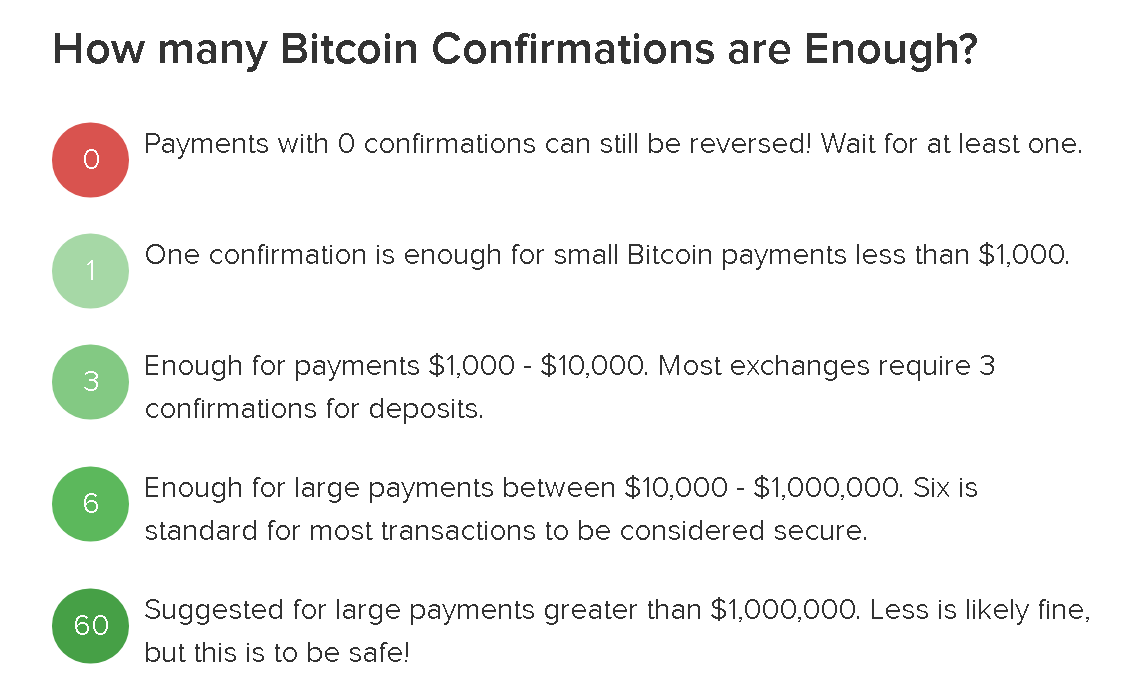
Is it possible to transfer Bitcoin under 10 minutes? It is!
Miners on the Bitcoin Blockchain create blocks, validate and add transactions to the ledger at intervals of 10 minutes. Therefore it should not be possible for transactions to be confirmed under this amount of time. However sometimes it can happen, for the following two reasons:
- Network difficulty which is a measure of how difficult it is for mining rigs to create blocks is constantly being assessed and adjusted. If for some reason the difficulty is set too low, then block times will be shorter than 10 minutes. Difficulty is adjusted every two weeks, and the way it is assessed and adjusted is based on the data of the previous two weeks.
- Hashing Power Flood: if a bunch of mining power comes online suddenly ( a new gigantic pool goes online, for example), then this hashing power will not be accounted for until the next difficulty adjustment, resulting in faster block times.
Instant, scalable Bitcoin Transactions: Introducing the Lightning Network!
The lightning network, a second layer added to the Bitcoin Blockchain capable of millions to billions of transactions per second, is arguably the future of the Bitcoin Network. The lightning network allows participants to create bidirectional payment channels (doing so comes at a cost and this is one of the weaknesses of the lightning network), thanks to which transactions are executed off-chain. The security of the lightning network is enforced by smart contracts. Payment speed on the lightning network is measured in milliseconds to seconds.
At the beginning, the lightning network limited channel sizes to a maximum of 0.1677 BTC. But in 2020, the team behind this protocol made the announcement that this limitation would be removed. Today, larger channels are a reality which greatly increases utility for consumers and businesses that wish to hop on the train of instant, scalable bitcoin transactions!
Final Thoughts about Bitcoin Transaction Times
It is a widely accepted fact that transferring Bitcoin requires one to wait for approximately ten minutes. However, as we have seen above, more waiting will be necessary in the case of very large transfers. Also, network difficulty and total hashpower (a hash flood will have a distorting effect) will also have an effect on the total amount of time one has to wait for a transaction to be complete. The future looks bright: the lightning network’s aim to establish a global, scalable bitcoin payment network enabling instant transactions is very close to reality.

